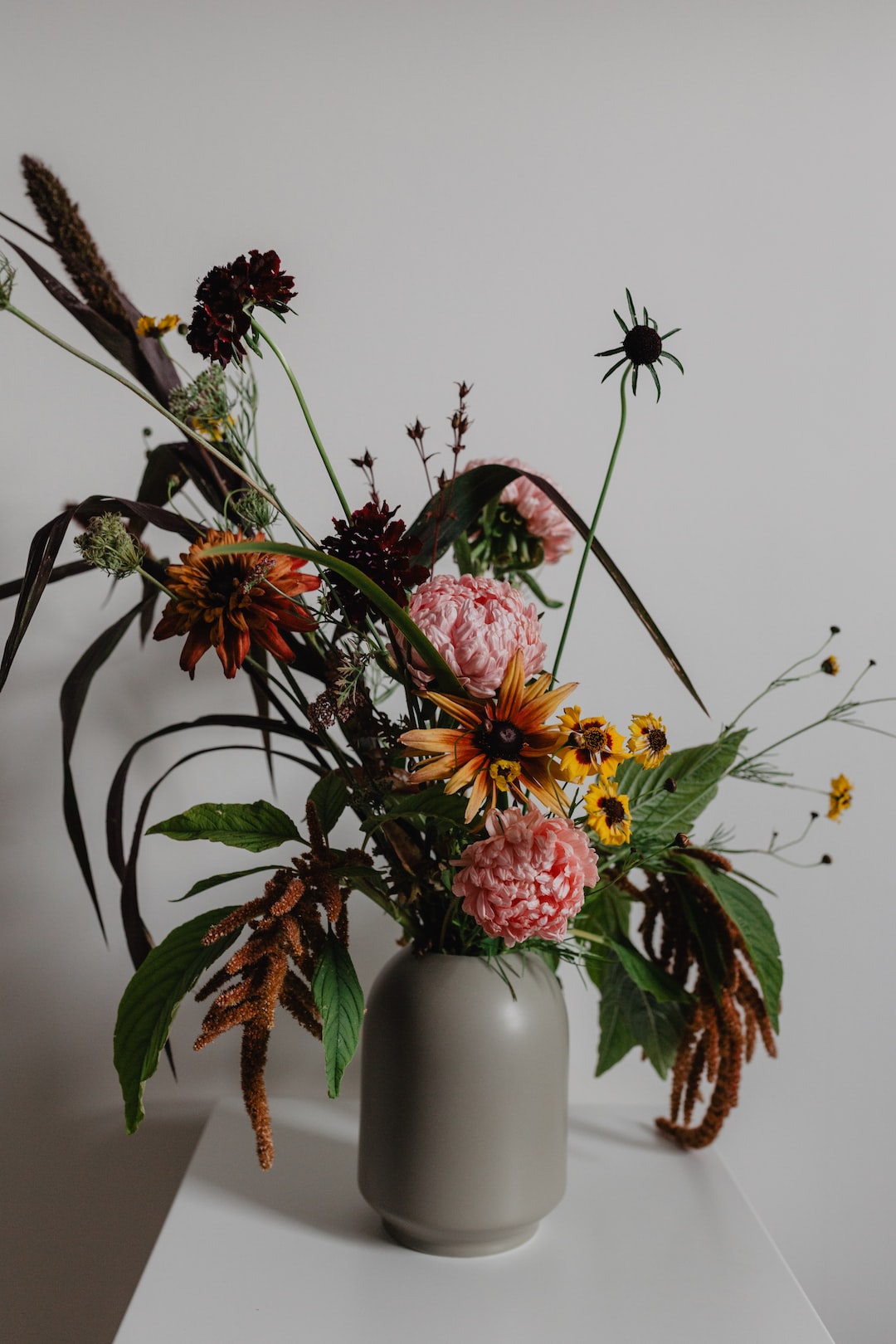Landscape painting is one of the oldest forms of painting. This genre is all about painting natural landscapes, such as mountains, oceans, forests, and rivers. Landscape painting captures the beauty of nature and portrays it on canvas. The genre of landscape painting has been around for centuries and has evolved over time. Understanding the genre of landscape painting is essential to appreciate its art, techniques, and artists’ endeavors.
One of the key features of landscape painting is the focus on nature. These pieces of art are meant to capture the beauty of scenery, reflect the changing seasons, and express emotions. There is often an emotional charge to these works of art that reflects the artist’s feelings and connects the viewer’s emotions. The genre of landscape painting aims to transport the viewers to remote natural locations, even if they have never been there in person. The painter’s goal is to create a vivid, realistic image that makes the viewer feel personally connected to nature.
The techniques used in landscape painting vary depending on the artist and time period. However, a few techniques are common. One popular technique is color. Landscape painting tends to use vibrant colors and vivid hues to depict the beauty of nature as accurately as possible. The technique of color is a powerful tool that can influence the viewer’s emotions and can convey various moods.
Another important technique in landscape painting is light. Artists use different types of light to create the illusion of depth, shadow, contrast, and texture in their work. The technique of light helps to add dimensionality to the art by creating a vivid and realistic sense of space and distance.
In addition to these techniques, many landscape paintings also employ various forms of composition. The composition does more than just direct the viewer’s eye, but it also plays a significant role in the mood and emotion that the piece conveys. Different types of composition include the rule of thirds, the golden ratio, and symmetrical. The composition helps to create a sense of balance and structure, which are essential elements in a successful landscape painting.
The genre of landscape painting has seen some great artists over the centuries, such as John Constable, J.M.W. Turner, and Claude Monet, to name just a few. Each artist has made their unique contribution to the genre, thereby shaping it over time. Some artists tend to focus on capturing the beauty of nature accurately, while others focus on the emotional connection with nature.
Overall, understanding the genre of landscape painting is an essential aspect of appreciating this art form. The techniques employed in landscape painting, such as color and light, and the focus on nature, make up the foundation of the genre. These techniques and the emotional charge they convey are what make landscape painting truly remarkable. Whether it’s the simple beauty of an autumn field or the grandeur of a snow-covered mountain, beautiful landscapes have been and will always remain a fascinating subject for artists, and lovers of art.
